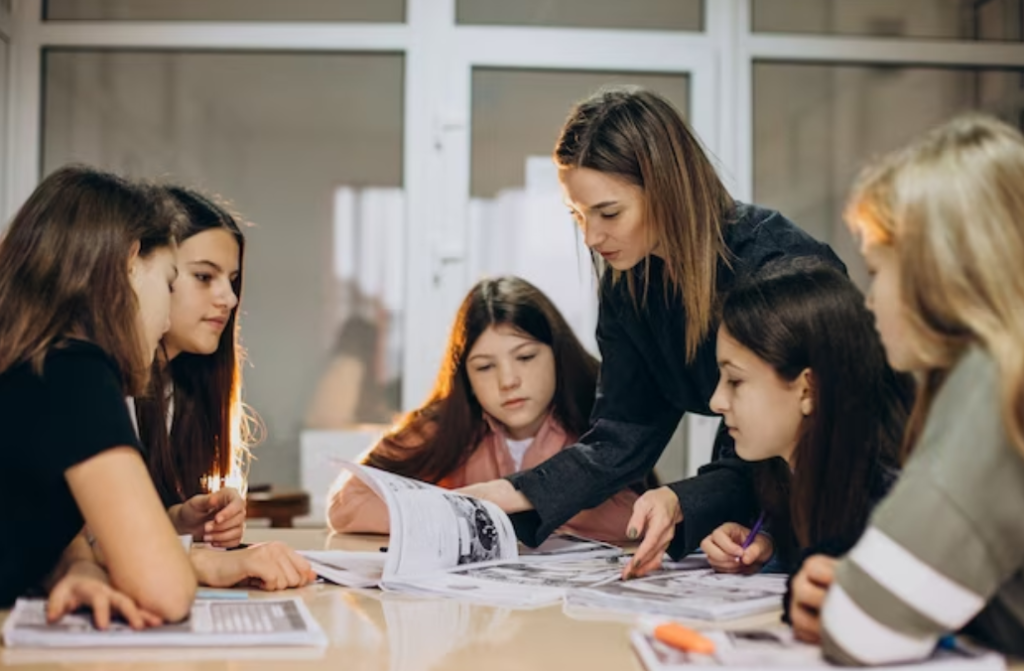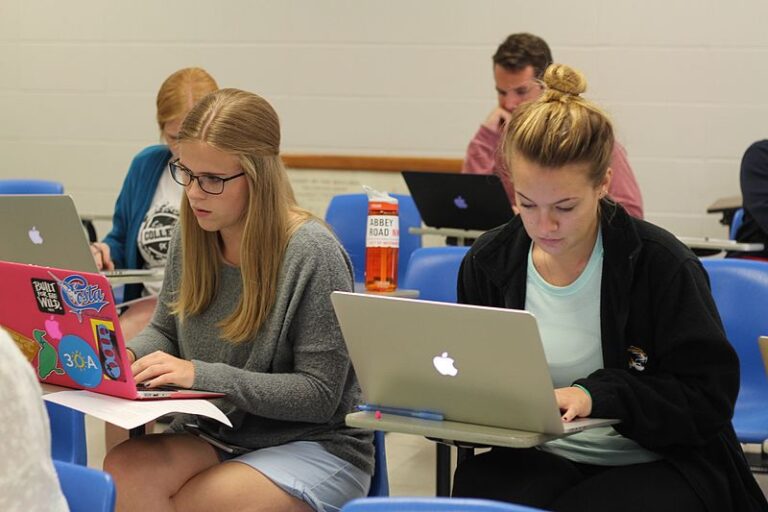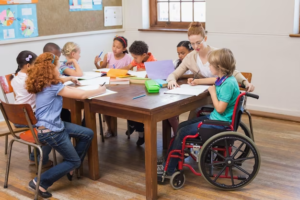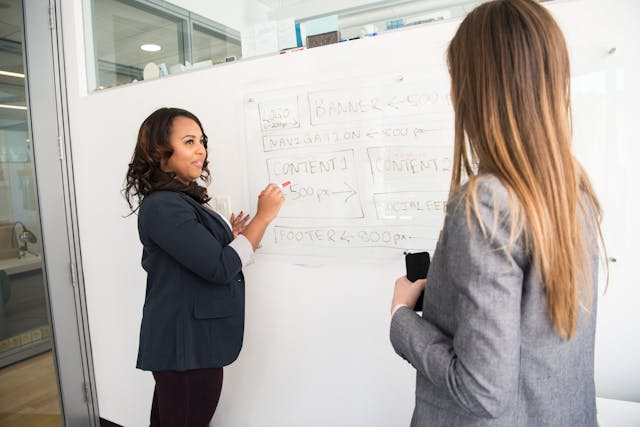Educators have a primary goal of providing each student with an educational environment that minimizes any restrictions on their learning experience. This commitment to inclusivity is not only a pedagogical preference but also a legal requirement, as outlined in the Individuals with Disabilities Education Act (I.D.E.A.). This legislation mandates that students with disabilities receive an education tailored to their specific needs while also facilitating their active participation and interaction with non-disabled peers.
In the past, the approach to educating students with disabilities was centered on their integration into regular classrooms, with the hope that they would be able to keep pace with their non-disabled peers. While this approach was well-intentioned, it often led to students with disabilities not receiving the essential support they needed to thrive academically. Recognizing the limitations of this approach, educators are now embracing a paradigm shift towards an inclusive learning model. This model seeks to provide a more comprehensive and supportive framework that ensures every student’s unique needs are met, regardless of their abilities or disabilities, while promoting interactions and cooperation among all students.
What is an Inclusive Learning Environment?
An inclusive educational setting goes beyond traditional academic instruction; it represents a holistic philosophy that recognizes and honors the wide range of individual distinctions. Within this all-encompassing approach, education is not solely customized for individuals requiring additional assistance or those excelling at a high level. Rather, it takes into account the distinctive strengths and hurdles faced by each and every student.
Within the confines of a typical classroom, there exists a broad range of learning abilities, backgrounds, and life experiences. To achieve truly effective education, it is crucial for educators to design lessons that maintain high educational standards while also being adaptable to various teaching strategies and methods.
Moreover, inclusivity extends beyond addressing academic diversity; it also embraces and integrates the vast array of cultural, ethnic, and economic backgrounds that students bring with them. This comprehensive educational experience creates an environment where every student, regardless of their origins or learning capabilities, has the opportunity to not only thrive but also make significant progress in their educational journey.
The Value of Embracing Diverse Learning Styles
In a world where every child, regardless of their background or abilities, harbors the innate potential to learn and excel, the significance of cultivating a diverse learning environment cannot be overstated. This transformative approach places the focus squarely on the students themselves and their distinct and multifaceted approaches to learning, reshaping the traditional teacher-centric model into one that celebrates the vibrant tapestry of individualized learning experiences.
Extensive research consistently underscores the fact that children exhibit a rich tapestry of learning modalities. Some young minds thrive as visual learners, finding their path to understanding through the medium of images, graphs, and visual aids. In contrast, there are those whose intellectual journeys are most effectively navigated through auditory channels, where the spoken word resonates as their gateway to comprehension. And let’s not forget the tactile learners, who harness the power of hands-on activities to dissect and internalize new skills with unrivaled efficacy. Moreover, as we delve deeper into the intricacies of students’ sensory requirements, it becomes increasingly apparent that certain learners demand specific sensory inputs to achieve optimal learning outcomes. This evolving awareness reinforces the critical need for an ever-adaptive and progressive approach to our teaching methods, one that is attuned to the perpetually shifting sands of students’ needs and preferences.
At the heart of a diverse learning environment lies the profound art of adaptability. It revolves around a profound comprehension of each student’s unique needs and the subsequent tailoring of educational approaches to match those needs precisely. This ensures that every child is not merely present but actively engaged, consistently challenged, and ultimately empowered to grasp and master new skills and ideas. The embrace of diverse learning styles, therefore, not only unlocks the doors to academic success but also nurtures the full potential of every child, fostering a future where no talent is left untapped and no opportunity for growth is left unexplored.
Crafting a Truly Inclusive Learning Space

The essence of an inclusive classroom lies not just in its physical layout or resources, but in the strategies and principles teachers employ to cater to diverse learners. While individual needs vary, there are universally applicable strategies that can help in fostering inclusivity:
- Foster Genuine Connections: At the core of an inclusive classroom is the relationship between the teacher and the student. Establishing a genuine connection with each student, be it through informal chats, surveys about their learning preferences, or simply being observant, lays the foundation for a supportive learning environment.
- Set High Expectations for All: Gone are the times when children with certain challenges were sidelined. Recognizing that every student can learn and grow is fundamental. The objective should be to provide opportunities that push every student, irrespective of their starting point, to aspire for more in their learning journey.
- Promote Collaborative Learning: Group activities, particularly small interactive sessions, allow students to learn from their peers. Depending on the lesson or skill in focus, groups can be homogenous in terms of ability to allow focused growth, or heterogeneous to facilitate peer learning.
- Integrate Support Mechanisms: Truly inclusive classrooms recognize the value of team-teaching and support staff. When educators collaborate, or when teaching assistants engage with smaller groups, it results in a more personalized and effective teaching approach due to reduced teacher-to-student ratios.
- Mistakes as Learning Opportunities: An inclusive classroom is one where mistakes are not feared but celebrated as stepping stones to understanding. Students should feel encouraged to take risks in their learning, knowing that errors are part of the process and offer valuable lessons.
Conclusion
Inclusive classrooms are designed to address and celebrate the diverse learning needs and backgrounds of every student. Recognizing that each learner brings their own set of strengths, challenges, and experiences, educators in these environments adopt a more holistic approach. They believe in the inherent potential of every student and are driven by the commitment to ensure equitable education for all. By understanding the multifaceted nature of learning and by being flexible in their teaching methods, these educators can introduce a range of tailored strategies and resources. This not only helps in meeting individual academic requirements but also in building a supportive community where each child is empowered to reach their fullest potential, both academically and personally.


















+ There are no comments
Add yours